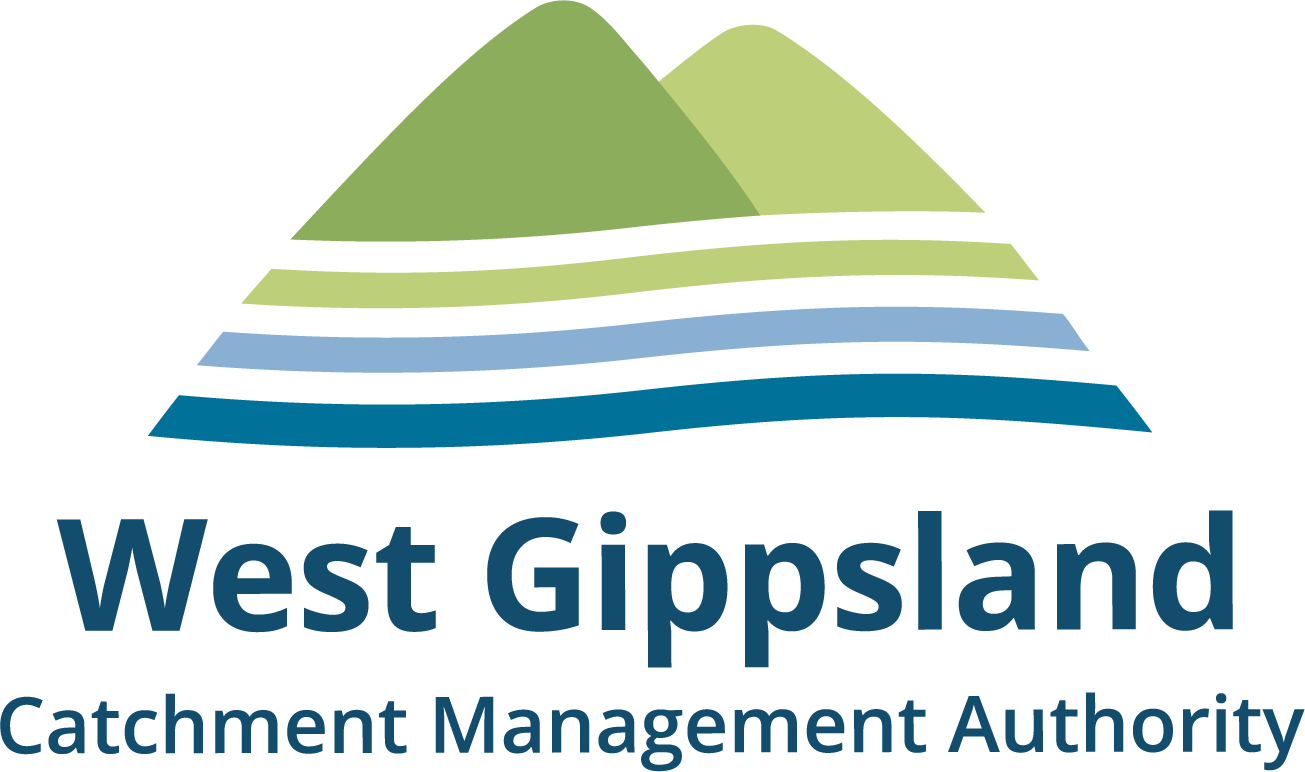Rural Drainage: Who is responsible?
As a landowner, it is your responsibility to regularly maintain and manage drainage on your property. This helps improve productivity when farming and protect the health of waterways.
When planning to undertake works on drains on your property, any planned works must not impact your neighbour’s property by changing the flow or quality of water onto their land or into drains and waterways. Talk to your neighbour while you are planning the works.
A Works on Waterways permit is required for any works on or within 30 metres of a designated waterway. Designated waterways on your property are shown as blue lines on the MapshareVic Website. You can use the zoom function to focus on your property.
You can apply for a Works on Waterways permit or contact us for help in reviewing earthworks that may change the discharge point or rate of flow of water across a property boundary.
Useful links
Managing rural levees
Levees are an important part of Victoria’s flood management infrastructure. These guidelines have been developed to assist you with any queries you may have.
Drainage Management Plan
For advice on Drainage Management Plans, contact Local Government or see Victorian Rural Drainage Strategy. You can also review the Dryland Rural Drainage Resource Kit for Landholders.



